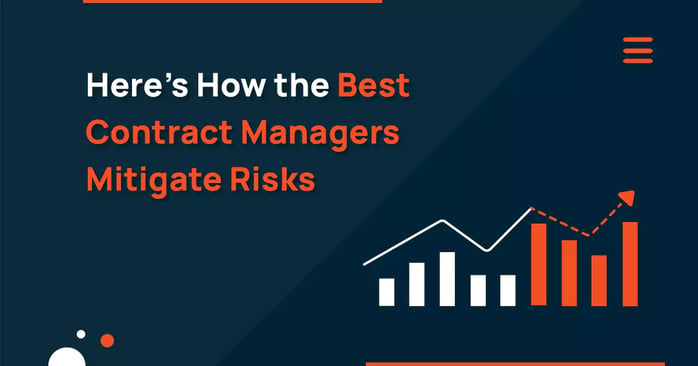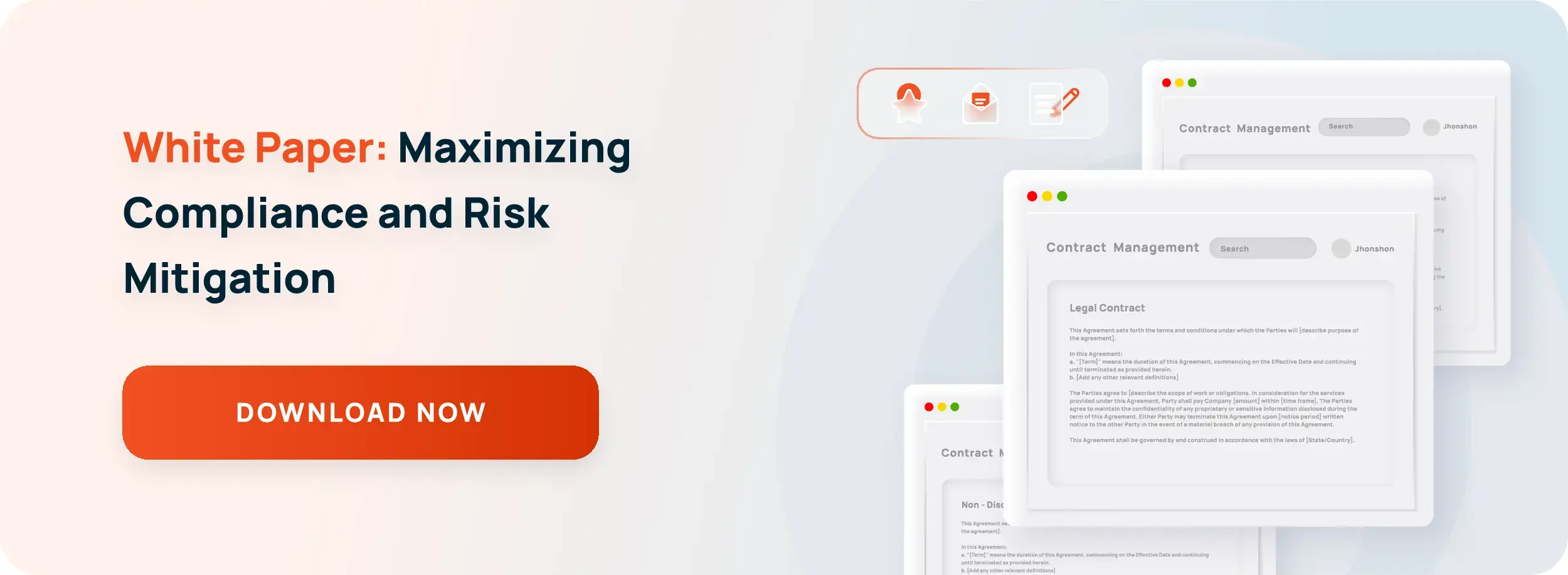Here's how the Best Contract Managers Mitigate Risks

Risk management is imperative in any contract management process, especially considering the possibility for complications on any given day. Mitigating risks is of the utmost importance to contract managers and the appropriate measures need to be taken to ensure regulatory compliance, along with avoiding potential lawsuits and minimizing risk of contract management system.
Whether a contract is in its pre-award or award execution phase, the best contract managers have plans in place to manage all possible risks. Due to the nature of creating and managing contracts, risks are always present. Some contracts operate on strict deadlines, small budgets, limited communication, and complicated terms. Plus, contract managers have to be aware of these risks becoming greater problems, including lack of funds, timeline delays, and underwhelming production issues.
So how do the best contract managers go about developing risk management and mitigation plans? Many of these steps include:
They Identify All Potential Risks
Risks can flare up at any time and come largely unannounced, requiring contract managers to do their due diligence and be constantly on the lookout. Some of the best contract managers identify all risks and areas where something could go wrong as the first step in their plan. Whether they are creating checklists or documents listing all potential risks, these contract managers frequently bring in outside opinions from risk management experts or perform independent reviews to thoroughly register them.
They Perform Quantitative and Qualitative Risk Evaluations
Once these contract managers have identified potential risks, they begin evaluating the quantitative and qualitative factors involved. Some choose to implement a risk matrix to give further insight into the size and severity of a potential problem. Performing simulations of how a risk would theoretically play out is another great tool contract managers like to use. Evaluating the quantitative and qualitative risks helps prioritize which risk demands extra attention in the contract lifecycle process.
They Create a Risk Management Plan
A strategic plan highlighting all risks and their consequences is a necessity for all contract managers. This risk management plan should detail how the organization views risks and the best ways to monitor and communicate them across the board. Insight should be gathered from select parties, including executives and potentially stakeholders, to make sure their needs are addressed when contracts are handled. Considering all of the steps involved in the contract lifecycle process, risk management plans should proactively implement response strategies if a risk were to ever materialize.
They Regularly Monitor and Control Risks
Once a risk management plan is installed, many contract managers want clarity on how it is performing. Tools and resources like audit trails, risk trend analysis, further risks assessments, and continuous examination of all risks allows contract managers to have greater control on their contract lifecycle process. These help mitigate negative effects of risks and prevent surprises from appearing. In the event of an error in the contract lifecycle, contract managers are well equipped to handle the situation appropriately and prevent the same issues from reoccurring down the road. Also read Role of contract team in the contract management process.
A great way to mitigate risks in the contract lifecycle is by using a tool like ConvergePoint’s Contract Management Software and Office 365 Add-In . Our contract management solutions help contract managers assess, manage and control risks from their inception and give them a firm grasp on their overall contract lifecycle. Plus, our solutions implement compliance industry best practices to ensure you’re getting the best tool to create and manage contracts.
Talk to a compliance specialist to learn how our Contract Management expertise can be applied to your business by scheduling a demo now.

